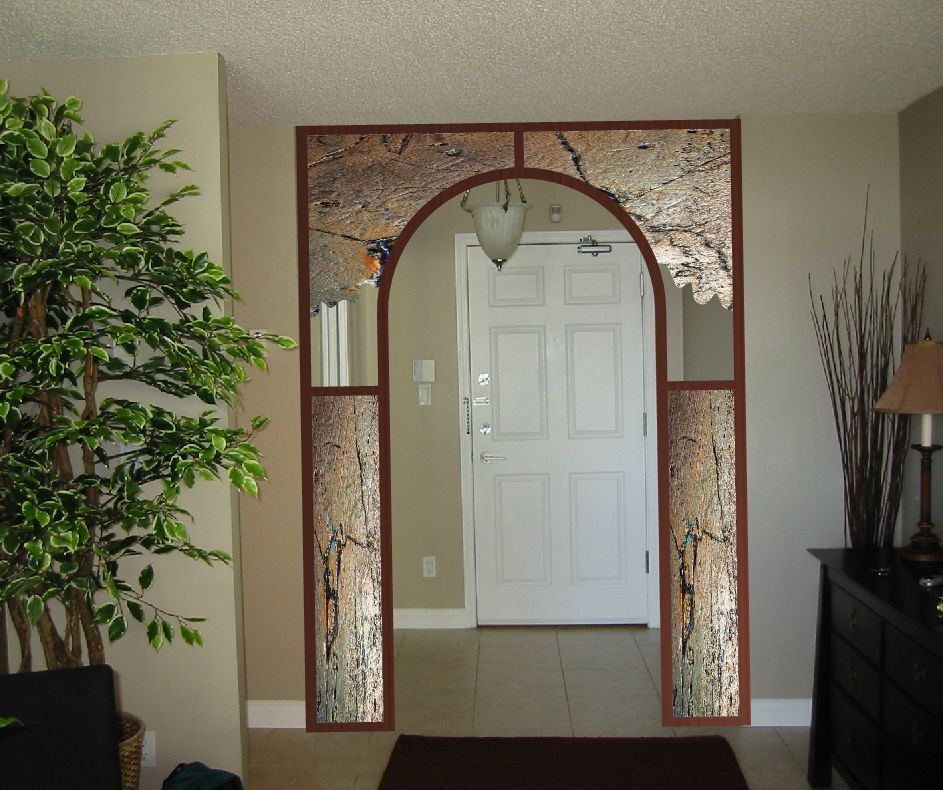Question
We typically used a boatbuilding epoxy for exterior doors (Chemtech), and PVA glue (Franklin Titebond) for interior doors. We're now searching for a suitable exterior adhesive with: decent open time, good water resistance and durability, ambient fabrication temperatures of 60 degrees, and ease of use (single component would be nice).
We currently are testing Titebond II for doors not exposed to extreme weather conditions, and find it to be OK. The down side seems to be its temperature sensitivity. Does any one know how weather resistant a glue like this is? Any alternatives?
Forum Responses
National Casein has both a one-part and a two-part glue for exterior use. The two-part has a 24-hour shelf life. I have used both with great success.
The following is a general description of major adhesive groups, but there are variations within each group:
| Adhesive | Moisture | Temperature | Flexibility | Color durability |
| Urea | moderate | low | low | colorless |
| Melamine | high | low | low | colorless |
| Phenol | high | low | low | red |
| Resorcinol | high | low | low | red |
| PVA | low | moderate | high | colorless |
| PVA - crosslink (Titebond II, etc.) | high | moderate | high | colorless |
| Hot melts | high | high | high | colorless |
Eugene M. Wengert, forum technical advisor
Of course, the most durable exterior glue is resorcinol, however inconvenient. If using resorcinol, ALWAYS mix by weight, NOT by volume. Resorcinol is also particularly good with RF.
I have used Gorilla Glue a little. I believe that it is a polyurethane glue. I have heard it was developed in Europe as a replacement for epoxy. When I ordered my glue from the Gorilla people, I asked them if it was a Type I glue. They did not know what I was talking about. I like Gorilla glue. It foams up as it cures, which seems to give it excellent gap filling characteristics. The moisture in the wood is the catalyst that cures the glue. It takes about 3 hours for the foam to harden. In liquid form the glue is difficult to remove from wood. It must be removed with mineral spirits or alcohol. After the foam has set it is also difficult to remove. It is difficult to prevent squeeze out due to the foaming action. The glue can also stain your skin.
This glue is a 2-component white glue with an isocyanate-based catalyst. The glue meets the DIN "B4" standard in Germany which I believe is the highest waterproof standard for the construction industry there. This glue is specified most times in the production of glue-lam scantlings (3" x 3-1/2" cross-section) that are used to make the German window frames for exterior use.
This glue is more tolerant of less-than perfect conditions, such as imperfect surface machining or a little bit too much moisture. I believe the glue is similar to a polyurethane (although it handles like a 2-component white glue) since it does expand slightly when curing. The glue is also advertised to adhere metal to wood and we have had cases where this happens on our machinery.
I do believe though that there are some restrictions in handling this catalyst and it might not be available in your market. National Casein also makes the glue so I am sure you can get more information from them about availability.
Comment from contributor A:
For doormaking, clamping pressure is not really an issue, so the expensive 5-1 epoxies that perform under weak pressure aren't worth the expense.
Resorcinol and plastic resins both like high clamping pressure, resorcinol for top-rate waterproofing and plastic resin for minimal cost at the expense of only a water-resistant bond.
Polys need high clamping pressure and perfect faying surfaces, but are expensive, though not as expensive as epoxy.
